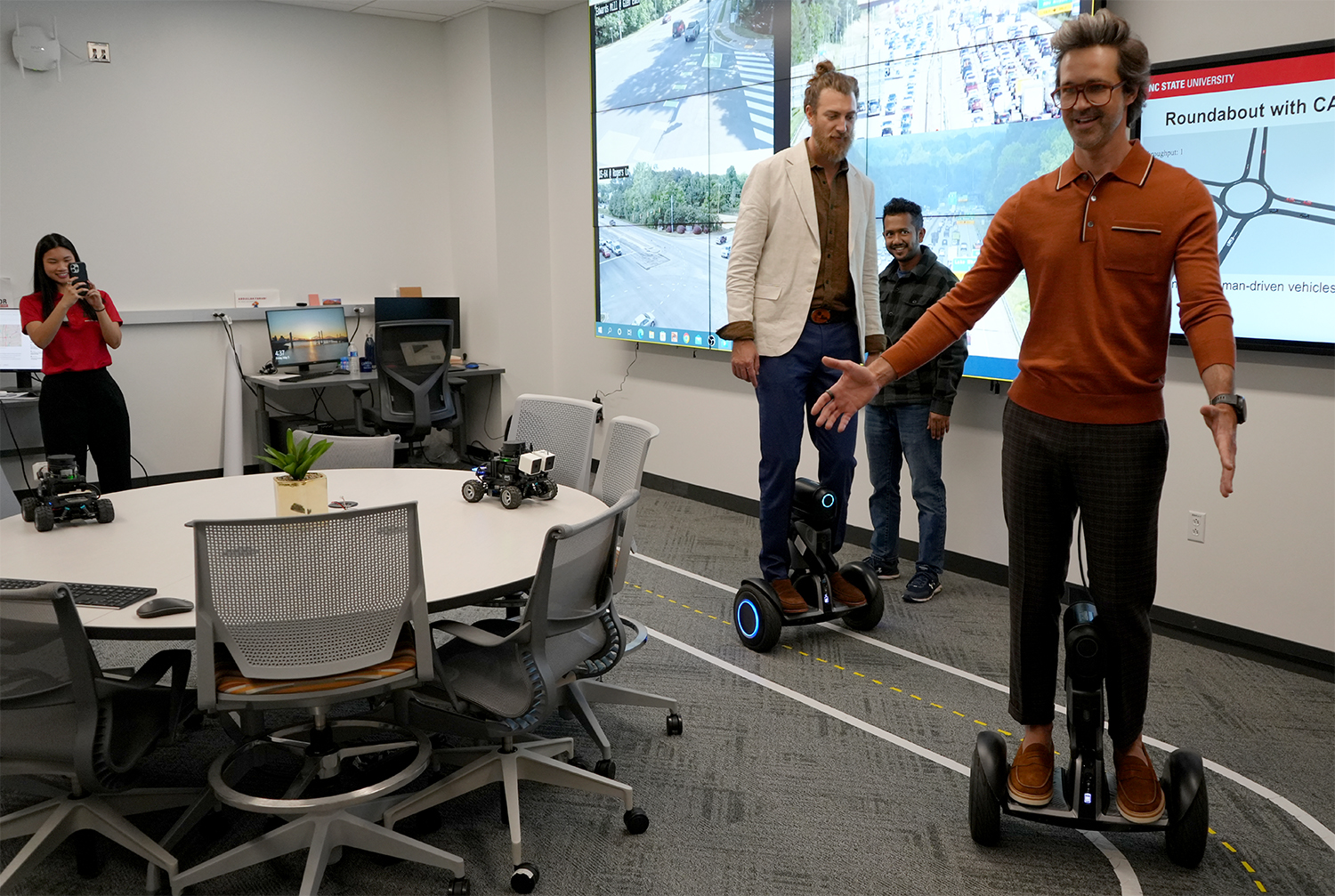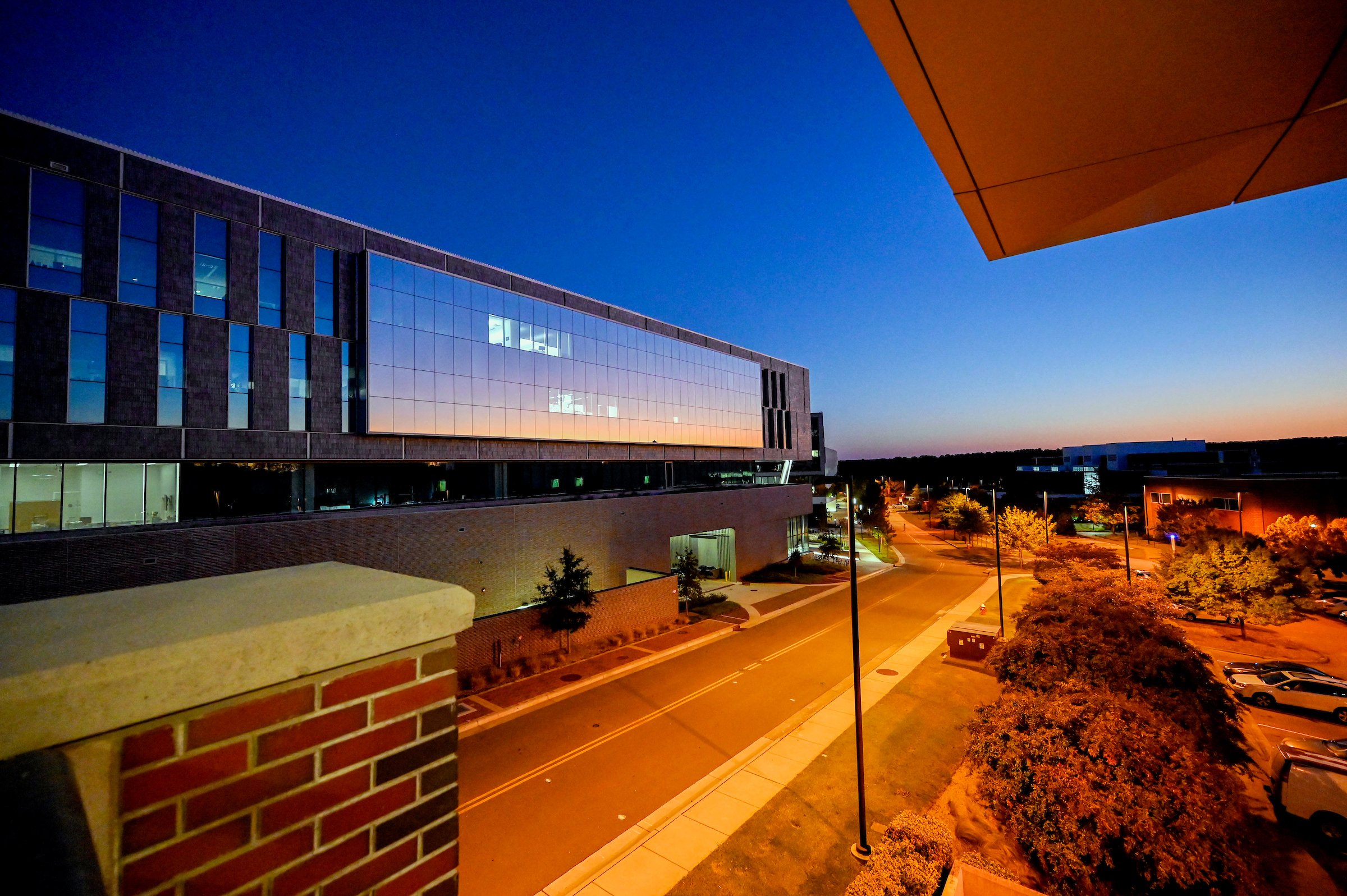Chancellor’s Innovation Fund supports research commercialization

Research breakthroughs from the College of Engineering lead to society-changing products and startups. To help faculty members move their research project to the market, the Chancellor’s Innovation Fund (CIF) provides funding to short-term, commercially focused projects. For every dollar awarded, almost $20 has been generated in additional funding or investment.
This year, all six projects that received grants have ties to the College or its affiliated departments.
From the UNC / NC State Joint Department of Biomedical Engineering, Yevgeny Brudno, assistant professor, and Michael Williams, professor of practice, are shortening the production time of developing Chimeric Antigen Receptor T cells that are used to treat cancer — lowering the cost of the treatment.
In the COE-affiliated Department of Forest Biomaterials, Lokendra Pal, associate professor, and Lucian Lucia, professor, are conducting pilot and commercial trials of a wood-based alternative to plastic.
Cheryl Xu, an associate professor in the Department of Mechanical and Aerospace Engineering, aims to reduce the thickness of and simplify the manufacturing process of the tougher material she developed to coat stealth jets.
In the Department of Chemical and Biomolecular Engineering (CBE), Ph.D. student Scott Collins and his advisor Chase Beisel are furthering their new CRISPR editing technique that could make gene therapies safer.
Milad Abolhasani, associate professor in CBE, will develop the next generation of his “Artificial Chemist” technology, which uses machine learning to more quickly manufacture quantum dots.
A microfluidic device developed by Michael Daniele, associate professor in the Department of Electrical and Computer Engineering, might be able to mimic the blood-brain barrier and more accurately predict whether drugs that treat brain diseases can cross that barrier.
- Categories:


